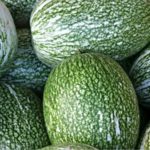The Dung Dinh tree is a popular choice for decorative purposes due to its symbolic significance. In this article, we will explore everything there is to know about this tree.
Exploring the Fascinating Dung Dinh Tree
Uncovering the History and Significance of the Dung Dinh Tree
The Dung Dinh tree, scientifically known as Caryota urens, is a tall and upright tree that can be found in various provinces across Vietnam. These provinces include Lai Chau, Son La, Hoa Binh, Ninh Binh, Nghe An, Quang Binh, Thua Thien Hue, and Khanh Hoa. The Dung Dinh tree holds great value in traditional medicine as it possesses medicinal properties that can be used to treat various ailments and diseases.
Exploring the Spiritual Significance of the Dung Dinh Tree in Feng Shui
The Dung Dinh tree holds significant cultural value amongst the Vietnamese population. This tree is a cherished symbol of abundance, prosperity, and good health in feng shui practices. As a result, it is commonly cultivated as an ornamental plant in numerous Vietnamese households.
Exploring the Unique Qualities and Categorization of the Dung Dinh Tree
The Dung Dinh tree is characterized by a single straight, cylindrical trunk, typically reaching a height of 2-10m in bush form. As the tree grows, the trunk and roots become thicker, eventually matching the height of the tree itself.
The Dung Dinh tree’s leaves are elongated and feather-shaped, measuring approximately 1.5-3 meters in length. They are scattered throughout the tree, with each leaf spanning about 15-20 centimeters. The compound leaves of the Dung Dinh tree are notably large, ranging from 1.5 to 3 meters in length, and are characterized by their scattered arrangement.
The tree produces cream-colored flowers, which are relatively small and typically bloom in dense clusters. These flowers commonly blossom during the summer season. The tree’s fruit is round and transforms into a dark red color when it reaches maturity, typically occurring around November or December.
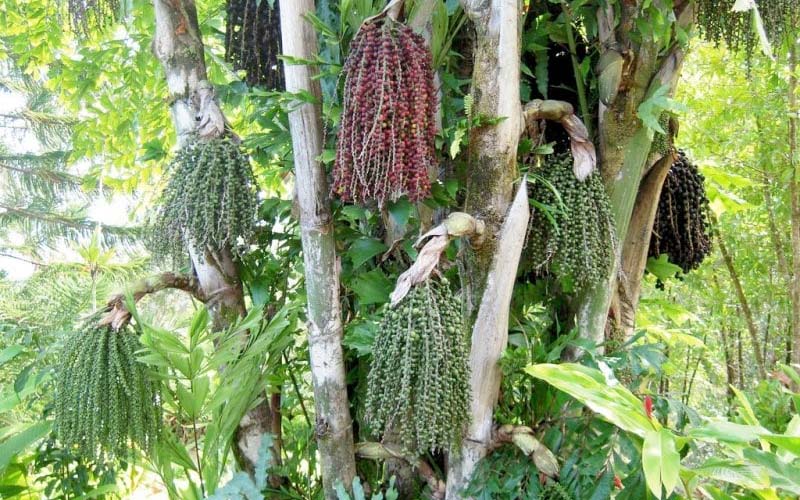 What is the Dung Dinh tree?
What is the Dung Dinh tree?
Exploring the Advantages of Dung Dinh Trees
Health Benefits
In the field of traditional medicine, the Dung Dinh tree is widely recognized for its medicinal properties in treating a range of ailments. It has been found effective in addressing conditions such as urinary bleeding, urinary retention, menstrual bleeding, and vaginal discharge. Here, we present a few beneficial remedies for improving overall health:
-
For the remedy of urinary bleeding and urinary retention, prepare a decoction made from 20g of Dung Dinh leaves and consume it orally.
-
Remedy for Coughing up Blood: Combine 10g of burned Dung Dinh leaves with 12g of preserved betel nut soaked in water. Drink the mixture to alleviate symptoms.
-
To remedy menstrual bleeding, a recommended method is to combine equal parts of Dung Dinh leaves and cucumber vines. Burn the mixture until it turns into ash. Then, consume 6g of the ash mixture on an empty stomach, preferably with a small amount of alcohol or saltwater.
-
Remedy for vaginal discharge: Dung Dinh roots, Areca roots, Bamboo roots, Pandan roots, 12g each. Cut the ingredients into small pieces and brew with 1 cup of water. Drink the mixture twice a day, half a cup each time.
Please note: The provided remedies are for reference purposes only. It is strongly advised to consult with a medical professional prior to usage.
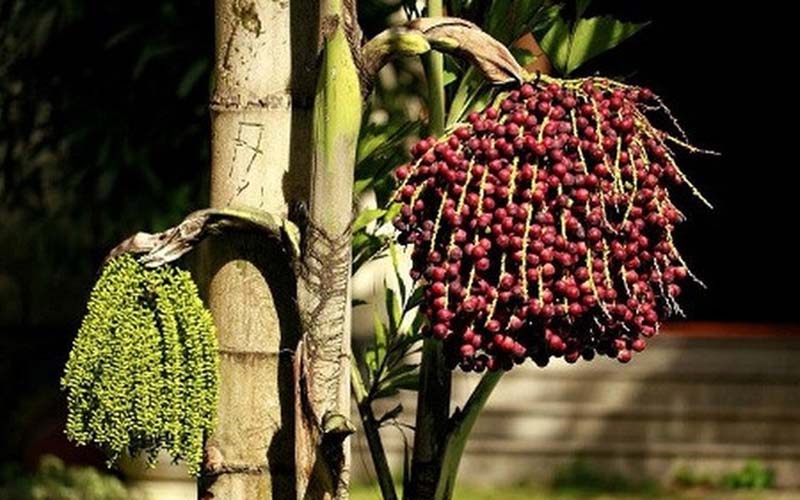
The Benefits of the Dung Dinh Tree
How to Cultivate the Dung Dinh Tree: A 3-Step Guide
Guide to Growing the Dung Dinh Tree in Your Home
When planting the Dung Dinh tree, it is important to follow the proper method of digging the hole. The hole should be square in shape and should be lined with fertilizer before planting. Once the tree is planted, it is crucial to fertilize it with manure, organic fertilizer, and lime in order to prevent pests and diseases.
Caring for the Dung Dinh Tree: A Comprehensive Guide
-
Watering: It is recommended to water the tree 2-3 times a week.
-
Light: In the early stages, it is advisable to provide shade for the tree. Once the tree matures, it thrives in direct sunlight and should be planted outdoors.
-
Fertilizing: It is recommended to fertilize before planting. In order to prevent diseases and promote healthy growth, it is beneficial to fertilize with manure, organic fertilizer, and lime, particularly during the flowering and fruiting stages.
-
Pests and Diseases: The tree is susceptible to wax scales. If the tree becomes infected, the recommended solution is the use of Supracide or Suprathion to effectively eliminate them.
Guidelines for Planting and Caring for the Dung Dinh Tree
-
Apply fertilizer before planting
-
For young trees, it is recommended to plant them in a shaded area. However, if you are planting larger trees, they can be planted outside in the sunlight as these trees thrive in sunny conditions.
-
Regularly fertilize and water the tree, particularly during periods of flowering and fruiting.
The image below provides a guide on how to plant and care for the Dung Dinh tree:
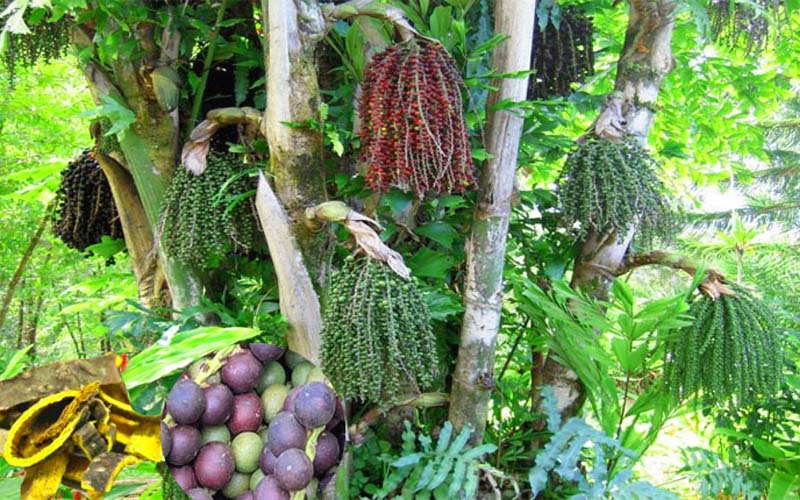
How to plant and care for the Dung Dinh tree
“Stunning Visuals of the Dung Dinh Tree: Check Out These 10 Mesmerizing Photos!”
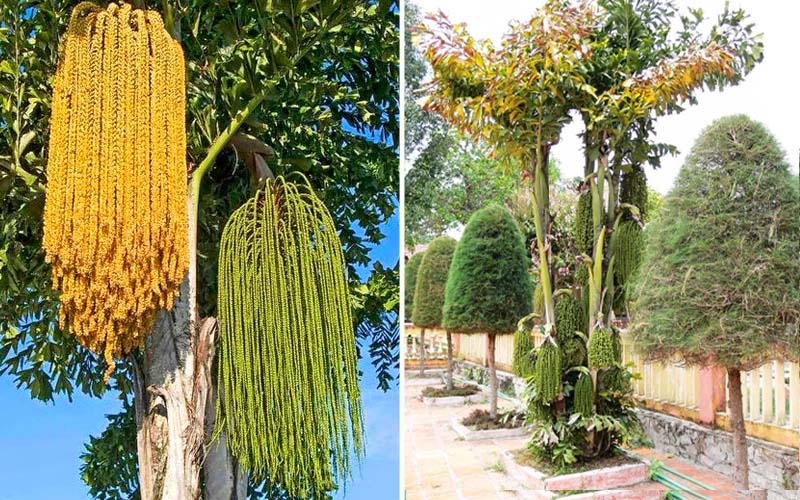
This is an image of the beautiful Dung Dinh tree that can be grown at home.
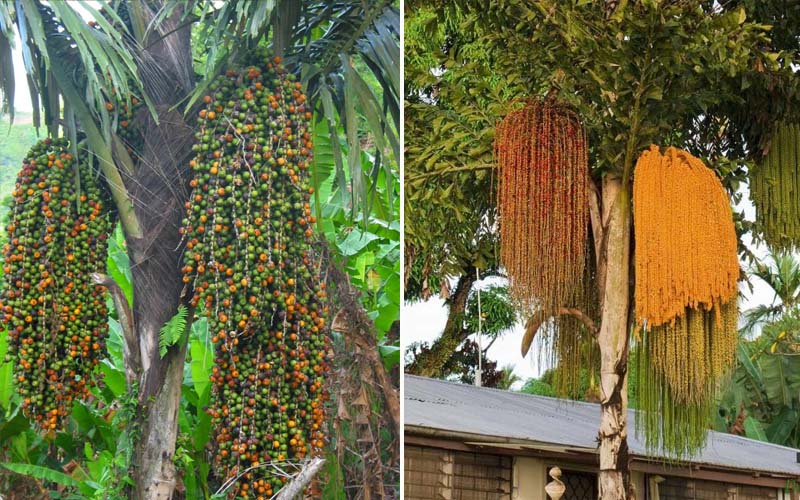
The Dung Dinh trees are commonly cultivated in rural areas.
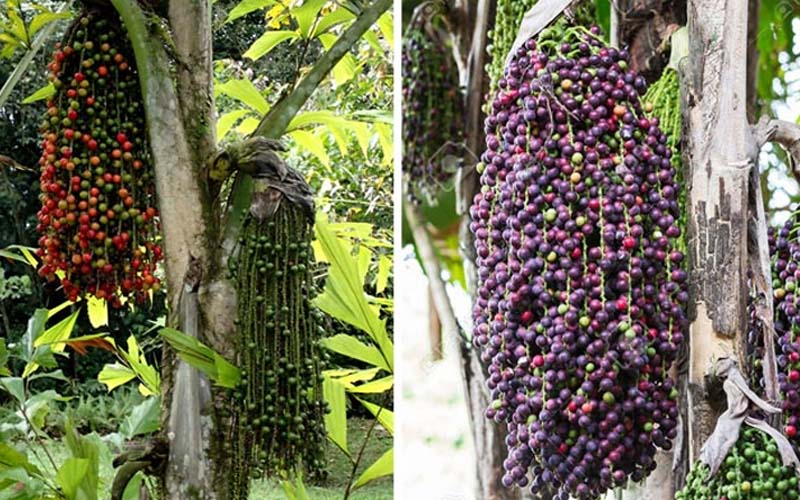
The Dung Dinh tree brings fortune and prosperity
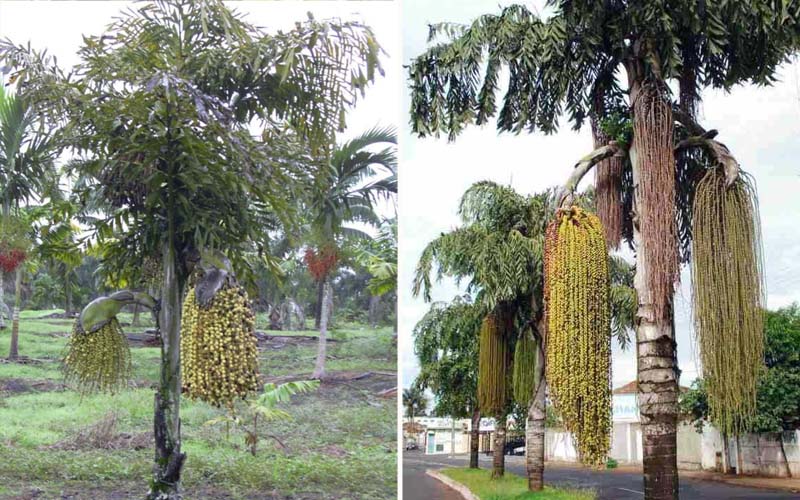
Beautiful Dung Dinh tree
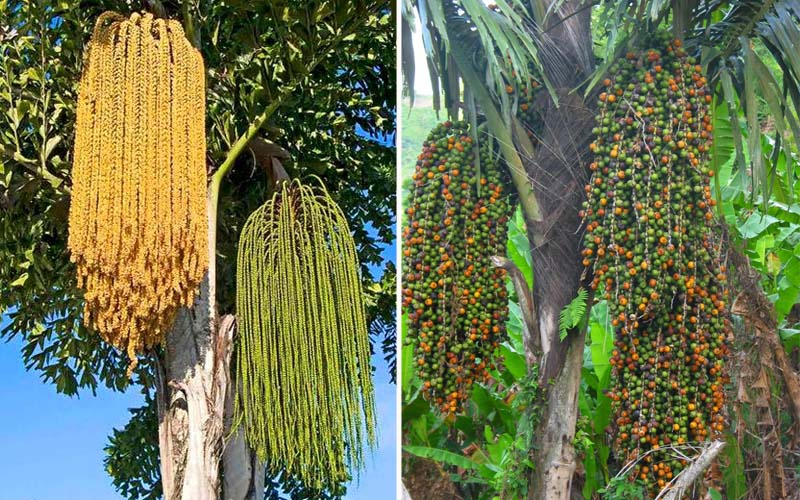
Impressive Dung Dinh tree
Thank you for reading our recent article on the Dung Dinh tree. We have provided insights into the tree’s significance and shared tips on successfully planting and caring for it at home. We hope you found this information valuable.
How to Grow and Care for Gold and Silver Plants at Home: Meaning and Images
Discover the mystical power of gold and silver trees and their unique significance in feng shui. Learn how to plant and care for these special plants in order to bring luck and prosperity into your life.
2023 Lunar New Year Gift Ideas for Older Family and Friends
As 2021 approaches, families worldwide are gathering to celebrate the special bond between grandparents and their grandchildren. To show their love and admiration, these thoughtfully chosen gifts will bring a smile to the face of the elderly. Here, we have compiled a list of the 13 most meaningful Tet presents that can bring joy to our beloved grandparents.



























